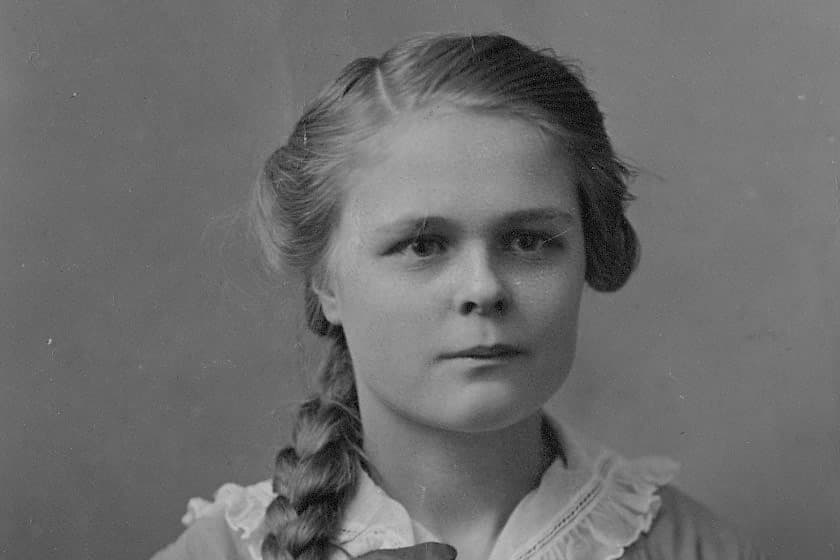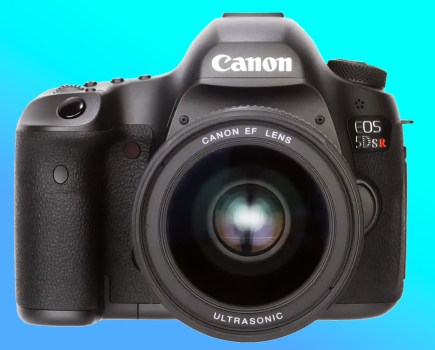Instagram purports to have, an estimated, 95 million photos posted daily* from its 2 billion active monthly users**. It’s likely that a large number of these are selfies.
This also highlights the obvious fact that photos are common – the democratisation of images began with the Kodak Brownie; as Graham Clarke, author of The Photograph, notes, “everyone could take photographs and everyone could have their photograph taken”.
Every technological step forward from that point has enabled novices to take better photos, easily and more cheaply. The smartphone is the ultimate culmination of this development – an image that can be captured, processed in to a variety of styles, and shared immediately.
Smartphone images have culturally come to represent the ‘power of self’, epitomised by the selfie – not only can I have my photograph taken, but I can also take it myself, present myself as I want to be seen, project my image of the here and now and then move on to the next moment.
It is the vanity of self, the notion of transient celebrity that is a throwaway memory. Celebrity is defined as ‘who I’m with’ or ‘where I am’ – there is no attempt at depicting or defining ‘me’, of ‘recording’ the person.
From very early on, photography was able to offer portraits at a fraction of the cost of paintings, allowing the Victorian middle and working classes to record the life (and death) of their families, a remarkable record preserved to this day. The picture of my grandmother was taken in the late 1910s, and would have been a significant event. From a working-class family, she has her best dress on, her hair prepared and a typical off-camera gaze in to the distance. There is classic Rembrandt lighting, a clean backdrop and smooth skin tones – in short, she looks beautiful. A portrait to cherish.
Do we value portraits today?
There are clearly strong commercial and wedding sectors where people need and want to record significant individuals and events and maybe these are stronger and more vibrant than ever.
What about the consumer and family sector? I don’t think this is the case and while there have always been those who have felt the cost of a professional portrait is too much, the sector has changed. Images are common, which has led people to believe that anyone can take a picture or a portrait.
Not only has it been a race to the bottom (there are pop-up photo booths in every digital print shop), but we now think all that’s needed is a selfie stick. And maybe with increased longevity (compared to the Victorians) we feel a less-pressing need to formally record our families.
The more insidious point is that many now don’t know what a good portrait looks like – and this is sad because, as a generation, we are losing that record of who we were.
Mike Smith is a creative photographer with over 20 years experience as a photographer with a passion for documentary photography. I believe in capturing people and events not only as they really are, but also beautifully and eye catchingly. Visit www.focali.co.uk for more information.
The views expressed in this column are not necessarily those of Amateur Photographer magazine or Kelsey Media Limited. If you have an opinion you’d like to share on this topic, or any other photography related subject, email: ap.ed@kelsey.co.uk.
*Updated: April 2023, *Source1. **Source2.
Related reading:
- Complete guide to portrait photography
- More guides to Portrait photography
- Create amazing portraits on a smartphone
- Will AI replace photographers?










